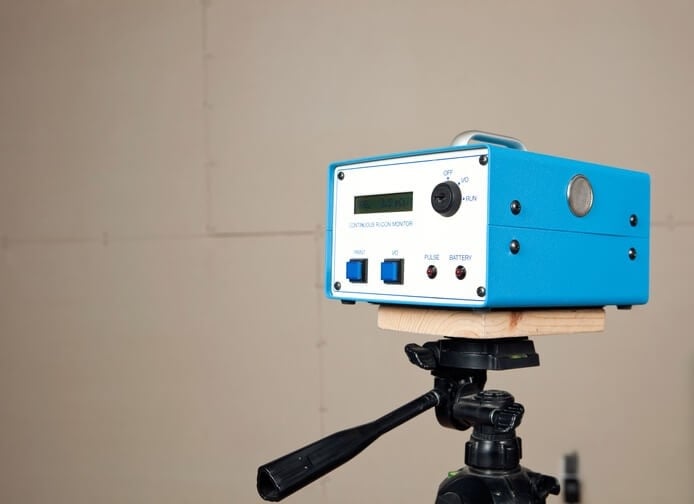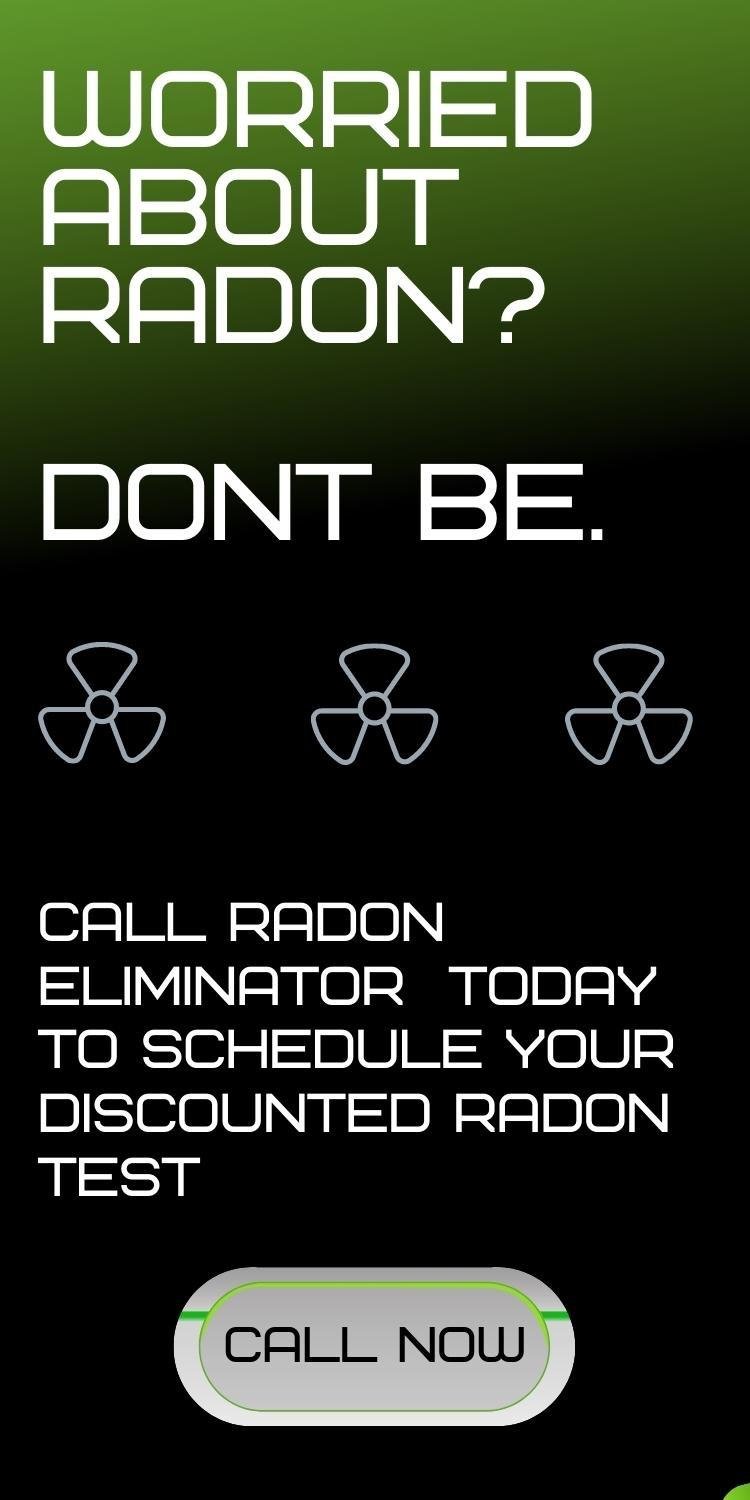Is Radon Gas Only Found in Basements?
Radon Gas is completely colorless, odorless and invisible, making it undetectable without proper testing equipment.
Since radon is found unexpectedly inside peoples homes, and testing is conducted in the basement, some people make the mistake in believing that radon gas can only be found in basements.
This is a very dangerous assumption, and could potentially damage one's ability to protect their home and family by thinking avoidance of the basement or little time spent in the basement is a subsequent solution to radon gas problems.
Radon gas can be found in various concentrations in every single home and building throughout the state of Ohio.
Although radon may enter a property through the foundation and into the basement, it is a gas, and therefore has no problem seeping into the living spaces of your home.
Many people become concerned with radon when they are in the process of moving. Read our blog post: "Can I Sell My Home if it Has High Radon Levels?"
Article Table of Contents
- Openings in Basements that Allow Radon Gas to Pass Through
- Radon Resistant Techniques
- Testing your home for Radon
- Schedule a Discounted Radon Test
Openings in Basements that Allow Radon Gas to Pass Through
Radon can easily enter a home in any opening, drain, crack, gap, or thin concrete slab in the basement.
Some of the most common openings in a basement include:
- Sump Pits
- Cracks
- Expansion Control Joins
- Floor to Wall Joints
- Concrete Block Foundations
- Pipe Protrusions
- Floor Drains
- Support Columns
- Holes in Slab
- Bathroom Rough-Ins
- Crawlspaces
- Masonry Fireplace
Radon tends to build up in homes because of low ventilation.
Heating and air conditioning, the stack effect, natural air movement, and diffusion of radon through the floors and walls help to distribute radon throughout the entire home.
What about Homes Built with Radon Resistant Techniques?
In recent years, there have been homes built using radon resistant materials, and built with pre-piped radon mitigation systems already installed. Clean gravel air flow layers, additional caulking, vapor barriers, and vent pipes are all widely used.
It's important to note that these are all techniques to make the home more "resistant", and just as the name suggests, resistant does not mean it will fully remove high concentration levels of radon from the home.
There is a good chance that a home with low concentration levels of radon and built with radon "resistant" techniques, won't need any further removal system installed.
The problem lies with homes that contain very high levels of radon, not even the resistant techniques reduce the radon below the EPA action level.
This leads to playing it safe, testing for radon.
Testing your Home for Radon

If you've never had your home tested for Radon gas, now is the time.
Maybe you were someone who thought radon was only in the basement, or maybe you have a home that was built with radon resistant techniques, as discussed, neither of these are reason to believe the living space of your home is not contaminated with high concentration levels of radon gas.
Having your home tested for radon is the only way to know for sure where the concentration levels currently stand.
If your home contains high levels or radon, it's not just sitting around in the basement, it's rising into the higher levels of your home making the air toxic.
Radon Gas is the second leading cause of lung cancer in the United Sates, not having your home tested puts you and your family at risk for contracting lung cancer.
The licensed Radon Testing Professionals at Radon Eliminator will come to your home and set up a testing device for 48 hours. This device will accurately calculate the radon levels every single hour that it's in your home.
You will be able to see when the radon levels are the highest and lowest levels along with an average level for the amount of time the test was active.
Once you are aware of the radon levels, the licensed inspector will give you a detailed description of whether or not a Radon Mitigation System is needed to reduce the concentration levels in your home.
If the home tests at a 4.0 piC/L or higher, it is strongly recommended by the Environmental Protection Agency and The Ohio Department of Health to have a removal system installed.
Do not put off radon testing any longer.
Click below if you'd like to schedule a time for one of our professional Radon Testing specialists to come to your home with a testing device.
At Radon Eliminator we offer discounted radon testing services, let us know how we can protect you and your family.
Click on the image below to get started.
Original Article Source





